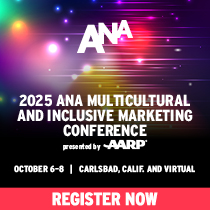Focused Social Networks build Community.
December 5, 2008
Narrow topical appeal draws highly engaged users.
As MySpace and Facebook develop their sites for mass appeal, some social networks are banking on a focused approach. For example, Children with Diabetes is a Johnson & Johnson-owned ad-supported social network for families who have children with diabetes.
Nearly one-half of the site’s traffic comes from search, according to Joseph Natale, vice president at Children with Diabetes.
“We have 32,000 pages of content optimized with words like ‘children,’ ‘diabetes’ and ‘juvenile diabetes,’” Mr. Natale told eMarketer in an interview. “Our organic search is strong. That’s really helped us since more people are online seeking healthcare information and search is where they start.”
The approach makes sense, since many consumers head online for health information, according to a 2008 study by Prospectiv. Online communities were mentioned by only 5% of respondents, while 43% said they used sites focused on specific ailments. By forming an online community that focuses on a specific ailment, the site hopes to broaden its appeal—within its area of concentration.
Mr. Natale listed best practices used on the site.
“We try to provide an environment where community members are comfortable sharing information with one another. You have to have great content, research and real-time updates so that people feel as though the site will offer something new and different every day,” he said. “The content must be accurate and trustworthy. If companies [like ours] can provide that type of community and protect it, to me that’s a best practice.”
For marketers, the key benefit of social media marketing is connecting with consumers—which is definitely Johnson & Johnson’s approach. Among executives surveyed by the Marketing Executives Networking Group (MENG), 85.4% cited customer engagement as the main benefit of social media marketing, followed by direct customer communications (65%), speedy feedback/results (59.9%) and learning customer preferences (59.1%).
Brand building and reach—two terms typically associated with advertising—fell much lower on the list, at 48.2% and 37.2% of respondents, respectively.
For more information at http://www.emarketer.com





























